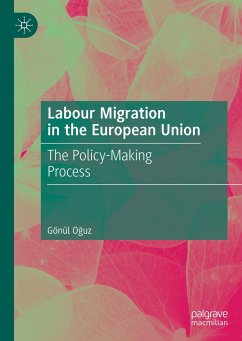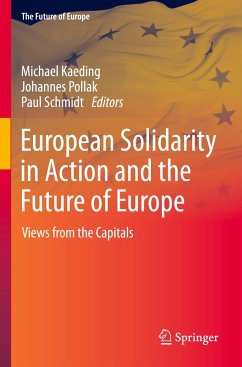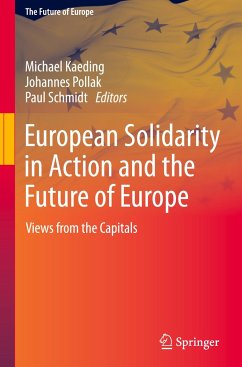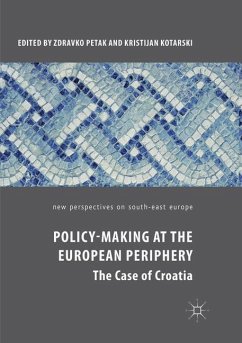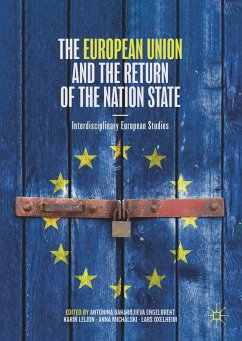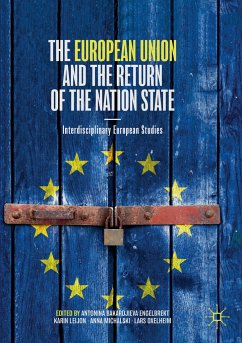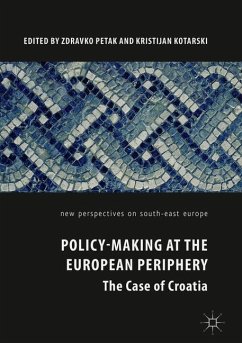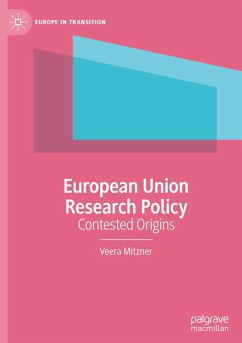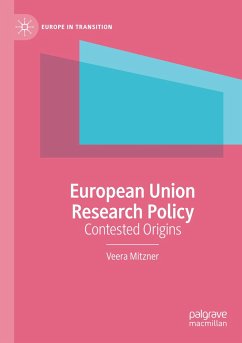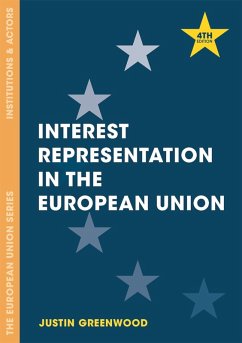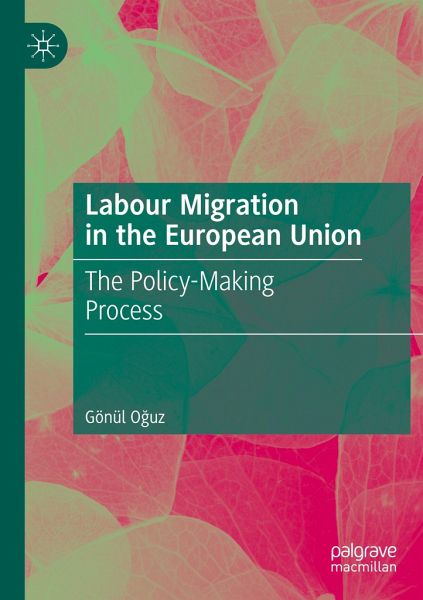
Labour Migration in the European Union
The Policy-Making Process
Versandkostenfrei!
Versandfertig in 6-10 Tagen
61,99 €
inkl. MwSt.
Weitere Ausgaben:

PAYBACK Punkte
31 °P sammeln!
No analysis of migration in Europe today can avoid consideration of the role of the EU institutions, as well as the member states, in policy-making. This is because the obstacles for labour mobility which have confronted the EU in the post-enlargement period have been multi-dimensional in nature, have encompassed many different aspects of European integration process, and have operated at many different levels. Recent developments in the free movement of labour in Europe entail a comprehensive analysis of the dynamic of migration policy process, contextualising institutional change, cooperatio...
No analysis of migration in Europe today can avoid consideration of the role of the EU institutions, as well as the member states, in policy-making. This is because the obstacles for labour mobility which have confronted the EU in the post-enlargement period have been multi-dimensional in nature, have encompassed many different aspects of European integration process, and have operated at many different levels. Recent developments in the free movement of labour in Europe entail a comprehensive analysis of the dynamic of migration policy process, contextualising institutional change, cooperation, control and competition between the EU institutions and the member states. This book provides a picture of how governance of labour migration is constructed, managed, negotiated and decided at the European level. It brings together in an informed and well-organized way some of the key issues in the face of current migration crises and Brexit.





